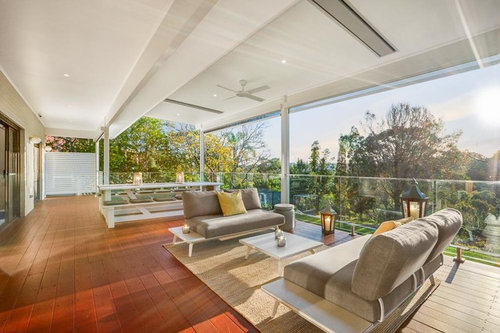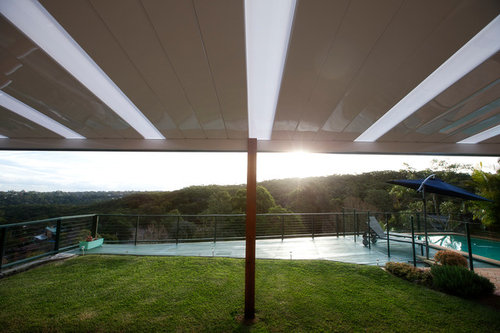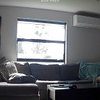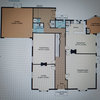Your patio cover or deck might be in a bushfire zone….so what next?
You can see the bush from your back door or you’ve heard from ‘Bill’ down the road, who thinks that the street might be classed as being within a bushfire zone – so what now?
The bushfire zone & processing can all be a little confusing at first, especially if you haven’t tackled it before; but relax, there IS a way through it.
Building even in the highest level bushfire zone doesn’t stop you from building, it just impacts & limits what your material options are.
Have a look at this outdoor living, deck & patio cover we created at West Pymble. This construction actually ticked pretty much every box.
- Development Application through Ku-ring gai Council
- There is an easement running right under the deck
- The property is classed as BAL FZ – to put it simply that means we couldn’t use any timber within the construction

So can you tell? Does the finished result look so far different to what you had in your mind? Being classed as a BAL Flame Zone (FZ) doesn’t mean the end of your outdoor living dream.
To learn more about this particular deck/patio cover outdoor living area in West Pymble, click through here to go through to the case study.
Essentially there are 3 first steps that you need to take to find out IF you are in a BAL zone & if you are, what zone you actually are.
Step One – Confirm if you are in bushfire prone land
This can be done quickly & for free a number of ways.
If you have recently bought the home, dig out all of your paperwork/contract of sale etc & look for a council document titled ‘149 (2)(5) Certificate’. This will have a section which advises if you are located in bushfire prone land.
Alternatively, check online via the NSW Rural Fire Service website. Just plug in your street address & it will come up a yeah or a neah. Easy; however & remember that this is only step one.
Step Two – Confirm your BAL Zone
Huh?? What’s a BAL Zone I hear you ask? This is the biggest piece in the puzzle & without this we really don’t know where we are heading.
For instance, it might be obvious that you are in a BAL Zone, but there might be a house between you & the bush, so the level could be either BAL 29 or BAL 40.
In terms of construction this could be the difference of timber vs no timber for your deck or being able to use light panels or not within your patio cover. So this changes the aesthetics, feel, materials & cost of your project.
BAL = Bushfire Attack Level & it is a calculation based upon the amount of radiant heat which may affect your property. The higher the level of radiant heat, the more protection you will need when you construct.
So what are the BAL zones? Have a look at the table in thelink to get the full picture. BAL LOW is the lowest bushfire risk & BAL FZ the highest.
Your BAL Zone is determined by a number of factors where you live including, the vegetation surrounding you, the distance of this vegetation from your home & the slope of the land.
Whether you are planning the construct via a Development Application through your local council or via CDC (Complying Development Certificate) through a PCA you will require a written BAL report.
Some Local Councils can provide this service or even local private bushfire consultants are available as well. If you are putting it into the too hard basket, we are here to obtain this report for you, so don’t stress.
Step Three – Material & Design Selection
You have now found out your BAL zone, so you can understand what material options are available to you & get the best design for your outdoor living area. This blog will help you understand your design options.
Essentially, the higher the BAL level, the greater the risk, thus the more limitations there are on the materials you can select for your patio cover or deck outdoor living area.
We’ve created the tables in the link to try & keep it simple & clear to understand – however, keep in mind that this is very generalised & you will need to seek further advice prior to proceeding with any construction.





Comment